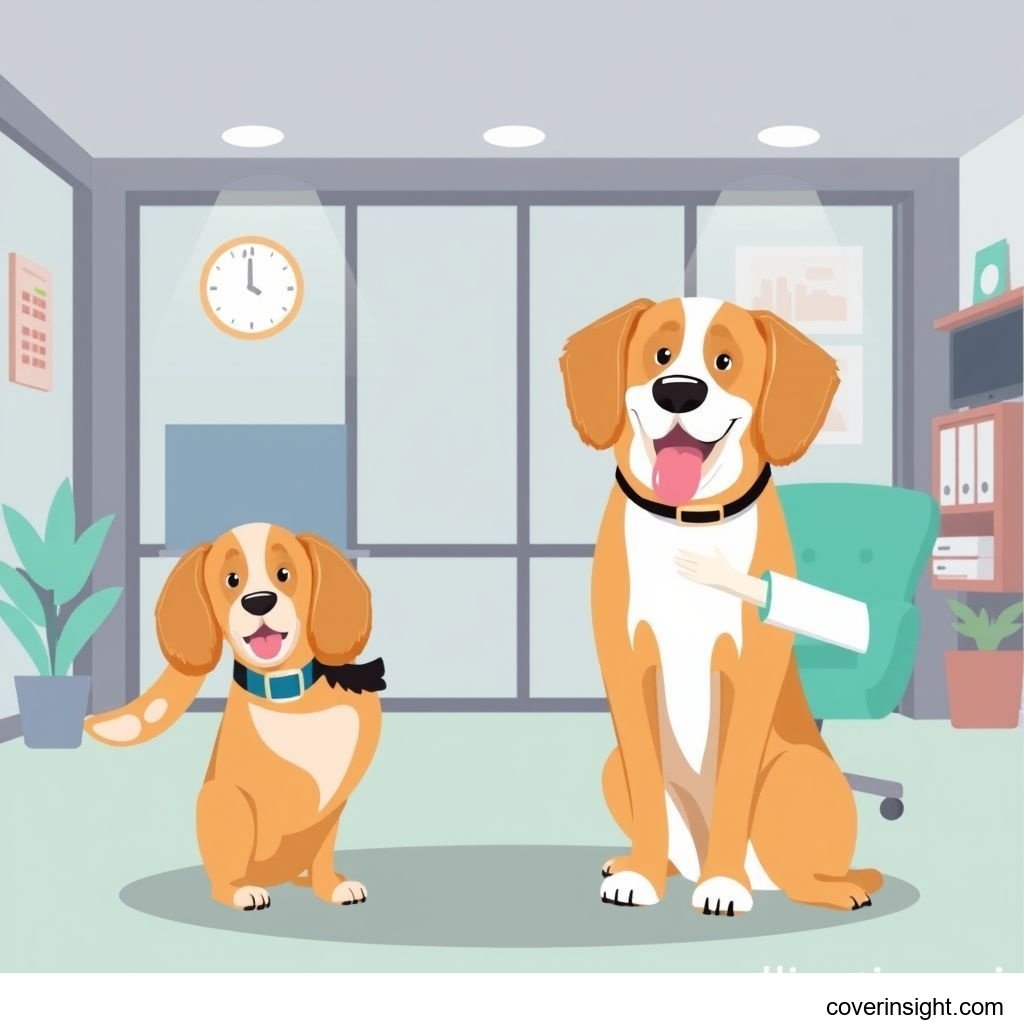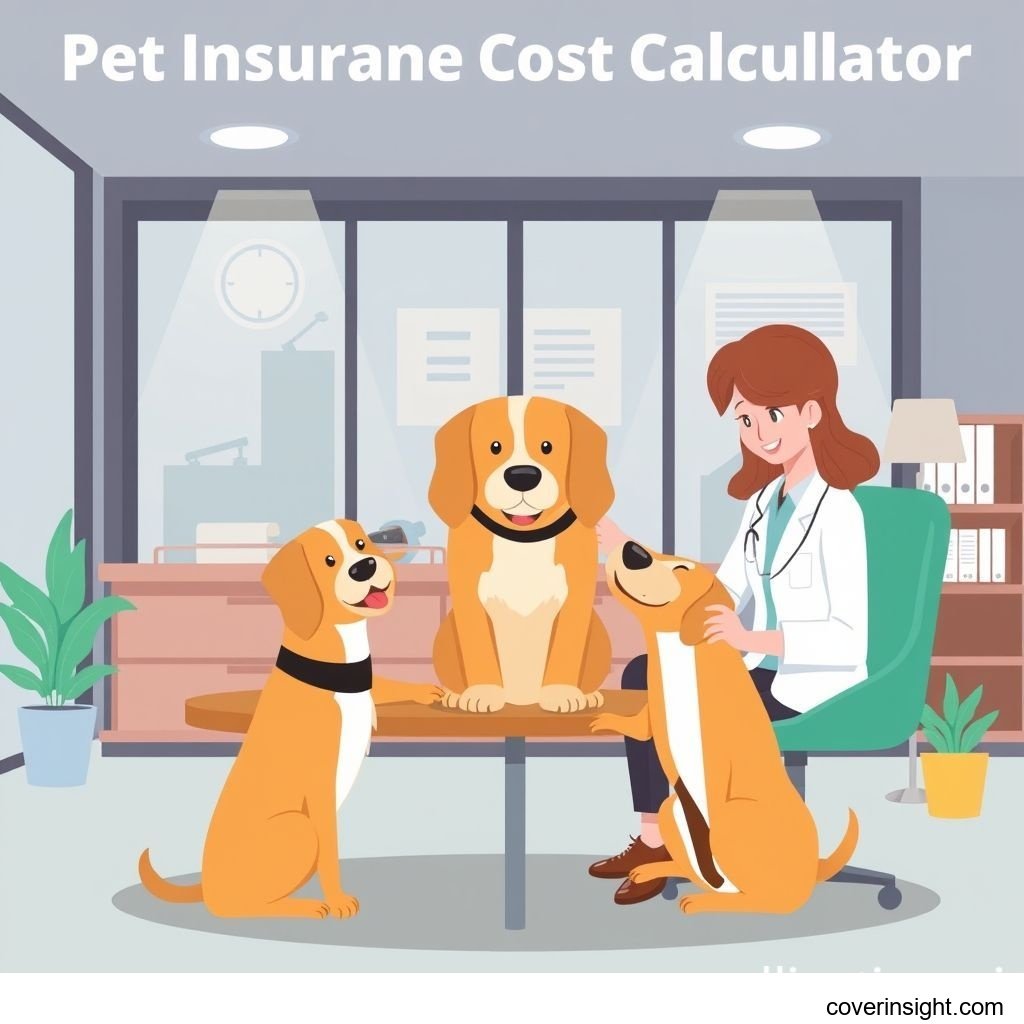Smart Guide: Pet Insurance Covering Dental in US 2025
Introduction
In the US, pet ownership is more than just having an animal companion; it’s about welcoming a new family member. And just like any family member, our pets need quality healthcare. As we look towards 2025, understanding the nuances of pet insurance, particularly regarding dental care, becomes paramount. Many pet parents initially consider accident-only policies, which cover injuries like fractures or foreign object ingestion. While these plans offer a baseline of protection, they often leave a significant gap: routine and unexpected dental issues. Comprehensive pet insurance, on the other hand, typically extends coverage to illnesses, including dental diseases, making it a far more robust option for your pet's overall well-being. Given that dental disease is one of the most common health problems diagnosed in pets, a plan that includes dental coverage isn't just a luxury; it's a critical component of responsible pet care.
Coverage Details
What’s Included
When you opt for pet insurance covering dental care, you're usually looking at a comprehensive plan that goes beyond the basic "oops, my dog ate a sock" scenarios. Most policies offering dental coverage will include:
-
Accidental Dental Injuries: Think fractured teeth from chewing something hard, or broken jaws from an unfortunate incident.
-
Dental Illnesses: This is where the real value often lies. Coverage typically extends to common issues like periodontitis (gum disease), gingivitis, root canals, extractions due to disease, and abscesses. These are often the silent health threats that can lead to significant pain and expense if left untreated.
-
Non-Anesthetic Dental Cleanings (sometimes): Some wellness add-ons, which are often bundled with comprehensive plans, might cover a portion of routine professional cleanings. This can be a huge benefit, as preventive care helps stave off more serious issues down the line.
-
Orthodontics (rarely): While less common, certain policies might cover medically necessary orthodontics, such as misaligned teeth causing pain or difficulty eating. Cosmetic orthodontics, however, are almost universally excluded.
Common Exclusions
Even the best plans have their limits, and pet insurance covering dental is no exception. Understanding these common exclusions can prevent unpleasant surprises:
-
Pre-existing Conditions: This is the most prevalent exclusion across all pet insurance. If your pet showed symptoms or was diagnosed with a dental condition before your policy's waiting period ended, that specific condition will likely not be covered. This is why getting insurance early in your pet's life is often recommended.
-
Cosmetic Procedures: Any dental work performed solely for aesthetic reasons, rather than medical necessity, is typically excluded.
-
Breed-Specific Conditions (sometimes): While not always a direct exclusion, some plans might have limitations or higher premiums for breeds prone to specific dental issues (e.g., brachycephalic breeds like Bulldogs or Pugs known for crowded teeth).
-
Experimental Treatments: Any dental procedure deemed experimental or not widely accepted in veterinary medicine will usually be excluded.
-
Waiting Periods: Be aware that most policies have waiting periods—a specified duration after enrollment before coverage for certain conditions, including dental, kicks in. This could be anywhere from a few days for accidents to weeks or months for illnesses.
Cost Analysis
Price Factors
The cost of pet insurance covering dental can vary widely, much like human health insurance. Several factors come into play:
-
Pet's Breed: Some breeds are genetically predisposed to more health issues, including dental problems, leading to higher premiums. For instance, smaller breeds are often more prone to periodontal disease.
-
Age of Pet: Younger pets are cheaper to insure. As pets age, their risk of developing health conditions, including dental diseases, increases, driving up premiums.
-
Geographic Location: Veterinary costs vary significantly across the US. A vet visit in New York City, for example, will likely be more expensive than one in rural Kansas, and premiums will reflect these regional cost differences.
-
Deductible: This is the amount you pay out-of-pocket before your insurance kicks in. A higher deductible means a lower monthly premium.
-
Reimbursement Level: This is the percentage of the covered vet bill that the insurance company will pay (e.g., 70%, 80%, 90%). A higher reimbursement level means a higher premium.
-
Annual Limit: Some policies have a cap on how much they will pay out in a year. Plans with higher annual limits typically cost more.
-
Type of Coverage: As discussed, comprehensive plans covering dental will naturally be more expensive than accident-only policies.
Saving Tips
While dental coverage is vital, there are ways to manage the cost without compromising your pet's health:
-
Choose a Higher Deductible: If you have an emergency fund, opting for a higher deductible can significantly lower your monthly premium.
-
Lower Reimbursement Rate: While not ideal for extensive claims, choosing an 80% or 70% reimbursement rate instead of 90% can save you money monthly.
-
Multi-Pet Discount: Many providers offer discounts if you insure multiple pets.
-
Wellness Add-ons (Strategic Use): While they increase the premium, wellness plans can cover routine dental cleanings. If you know your pet needs annual cleanings, the add-on might save you money overall compared to paying full price out-of-pocket for cleanings.
-
Shop Around: Prices vary significantly between providers. Don't settle for the first quote. For a broader perspective on general insurance options, you might look at various "Insurance Resources Global," but always refine your search to specific providers in the US.
FAQs
How much does accident-only vs comprehensive cost? Generally, accident-only plans can range from $15-$30 per month for dogs and $10-$20 for cats. Comprehensive plans that include illness and potentially dental coverage typically cost more, often ranging from $30-$70 per month for dogs and $20-$40 for cats, depending on the factors mentioned above (breed, age, location, etc.).
What affects premiums? Premiums are primarily affected by your pet's breed, age, your geographic location, the chosen deductible, reimbursement level, and annual payout limit, as well as the scope of coverage (accident-only vs. comprehensive, with or without wellness add-ons).
Is it mandatory? No, pet insurance is not mandatory in the US. Unlike human health insurance, there's no federal or state mandate requiring pet owners to have it. However, given the rising costs of veterinary care, it's a choice many responsible pet owners make to protect their finances and ensure their pet gets the best care. You can often find general consumer guidance through your "State Insurance Departments" which regulate insurance products, including pet insurance, in your state.
How to choose? Choosing the right pet insurance involves assessing your pet's specific needs, your budget, and what level of risk you're comfortable with. Look for plans with a strong reputation for customer service, clear policy language, and a wide network of veterinarians. Pay close attention to waiting periods and exclusions, especially for dental conditions. For a deeper dive into pet insurance specifics within the US, exploring "US Insurance Home" for various providers and comparison tools can be a good starting point.
Consequences of no coverage? Without pet insurance, especially for dental care, you could face significant out-of-pocket expenses for treatments that can run into thousands of dollars. Consider Max, a lively Golden Retriever from Colorado. At just five years old, Max fractured a molar chewing on a bone. The emergency vet visit, X-rays, and tooth extraction quickly racked up a bill of over $2,000. Thankfully, Max’s comprehensive pet insurance, which included dental accident coverage, reimbursed his owners for 90% of the cost after their deductible, turning a potential financial headache into a manageable expense. According to the American Veterinary Medical Association (AVMA), periodontal disease is the most common clinical condition in adult dogs and cats, often affecting more than 80% of dogs and 70% of cats by age three. Treating these prevalent conditions can break the bank if you're unprepared. In severe cases, the financial strain of unexpected vet bills can lead to difficult decisions about your pet's care, which is a tough pill to swallow for any loving owner. While "Healthcare.gov" is for human healthcare, the principle of being prepared for medical costs applies to our pets too!
Author Insight & Experience: Based on my experience living in the US and navigating pet care costs, I've seen firsthand how quickly vet bills, especially for dental issues, can escalate. It's not just about the big, scary accidents; even routine dental cleanings or unexpected extractions can run into hundreds or thousands of dollars. As someone who's had to weigh the costs of extensive dental work for a beloved pet, I can tell you that thinking ahead about pet insurance, particularly plans covering dental, isn't just a smart financial move; it's a testament to how much we value our furry family members' health and comfort. It truly offers a peace of mind that's invaluable.







Comments